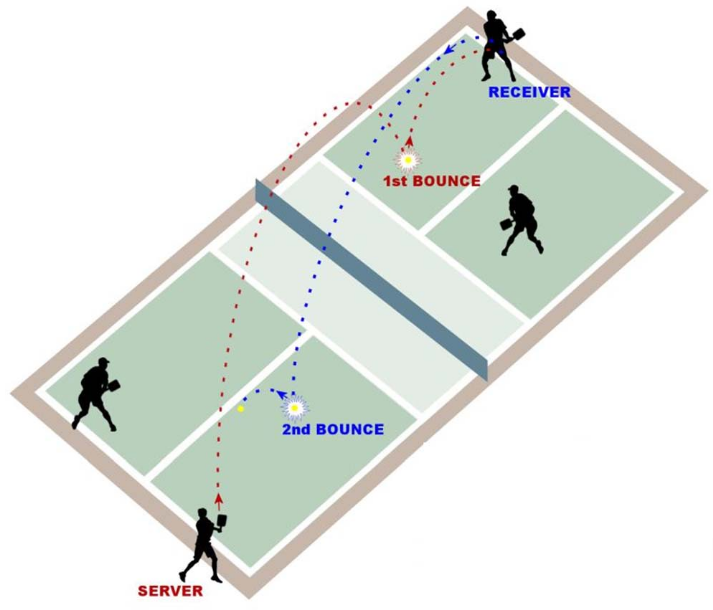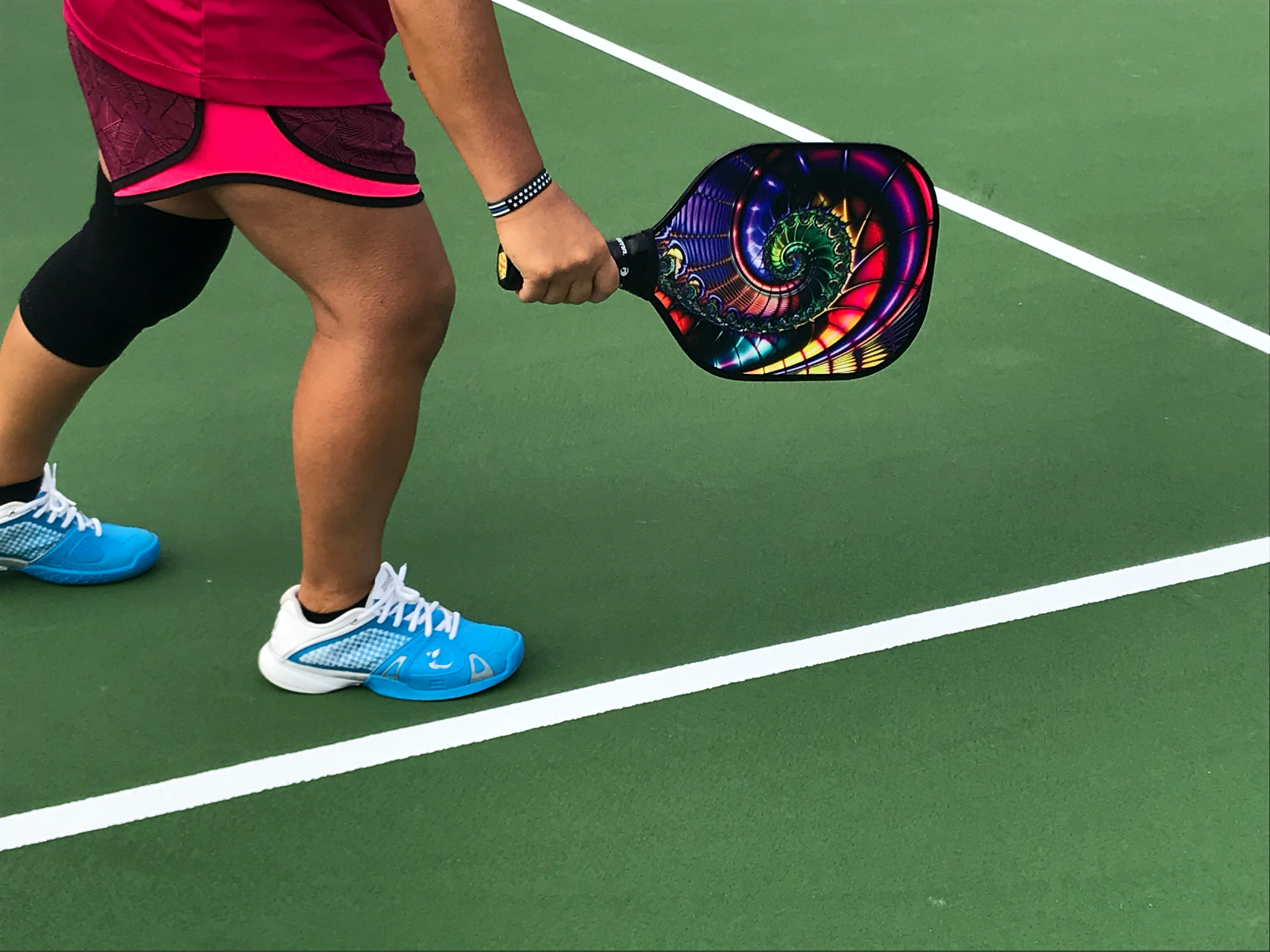After many years of living in the Lake James area, I relocated to Austin Texas, until my retirement last year brought me back. I’ve been in hospitality my whole career, and now I’ve set out on my latest hospitable endeavor - one that hopes to bring Morganton, Lake James, and the surrounding communities together. I used to drive by the former restaurants that came and went in the building on the corner of Powerhouse road and NC-126. As I did, I brainstormed ways to repurpose the defunct tennis courts behind the building. Then I discovered the joys of the social sport Pickleball, and the answer became clear to me. It’s a sport that’s family-friendly and brings communities together. It’s also the fastest-growing sport in America and happens to be played on a court not too unlike that of a tennis match. After connecting with Bones Jones, the founder of the booming new restaurant “Bones Jones Burgers Butchery" on that very same corner, we got to work. We hope to bring the neighborhood together by combining the great food and service offered at Bones Jones with the fun and social exercise a good Pickleball game provides. Of course, during and after your game beverages are very much encouraged. Hope to see you there!



